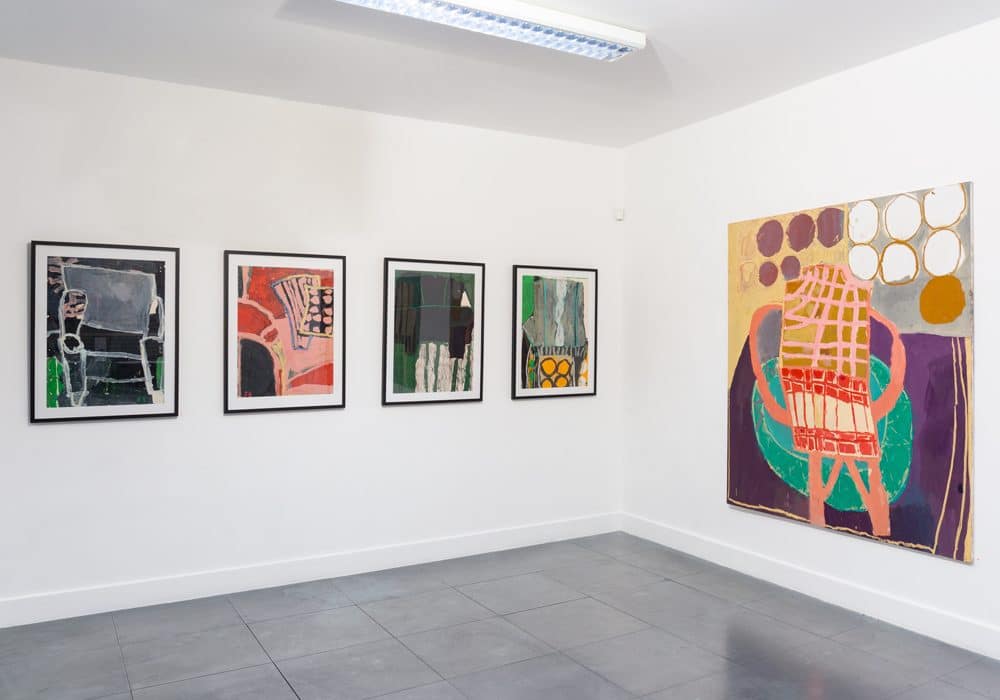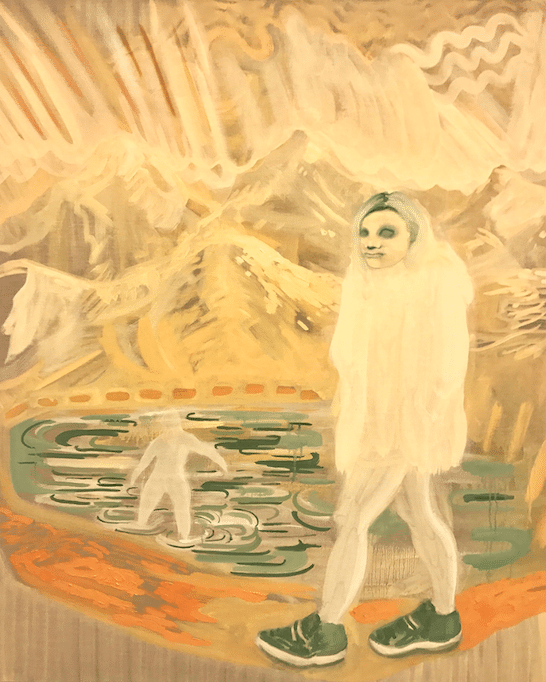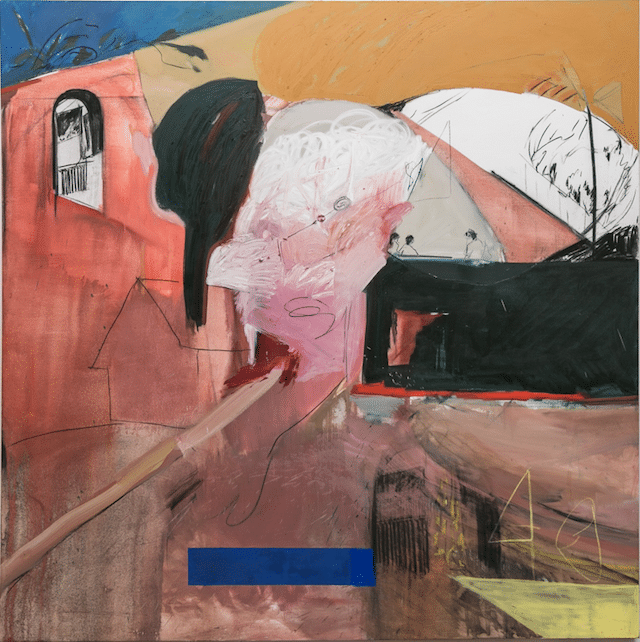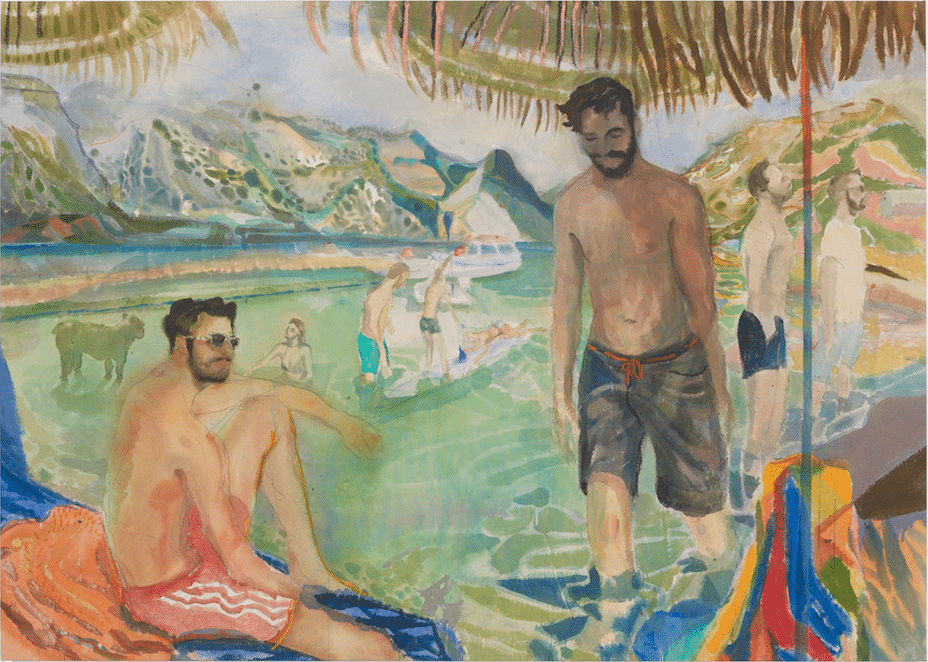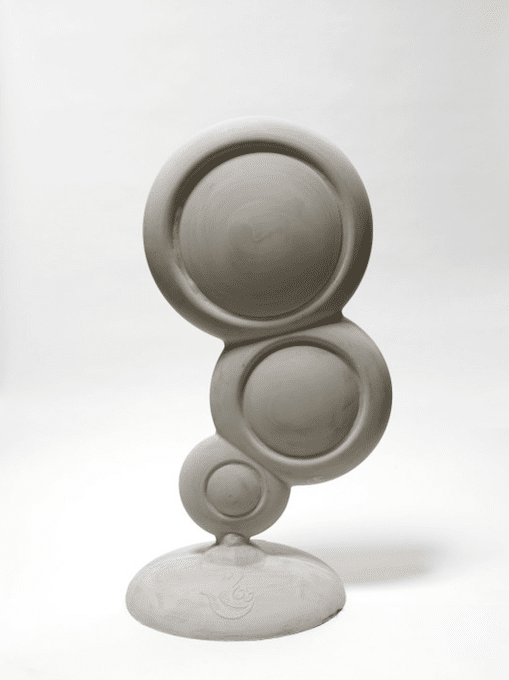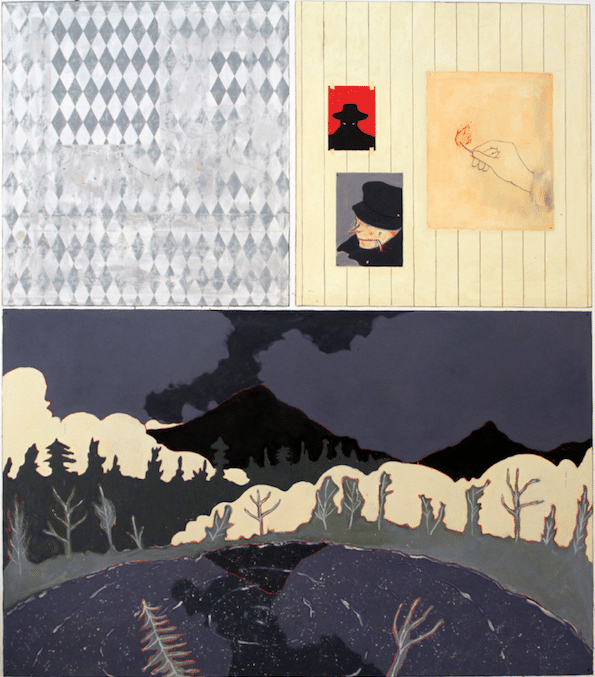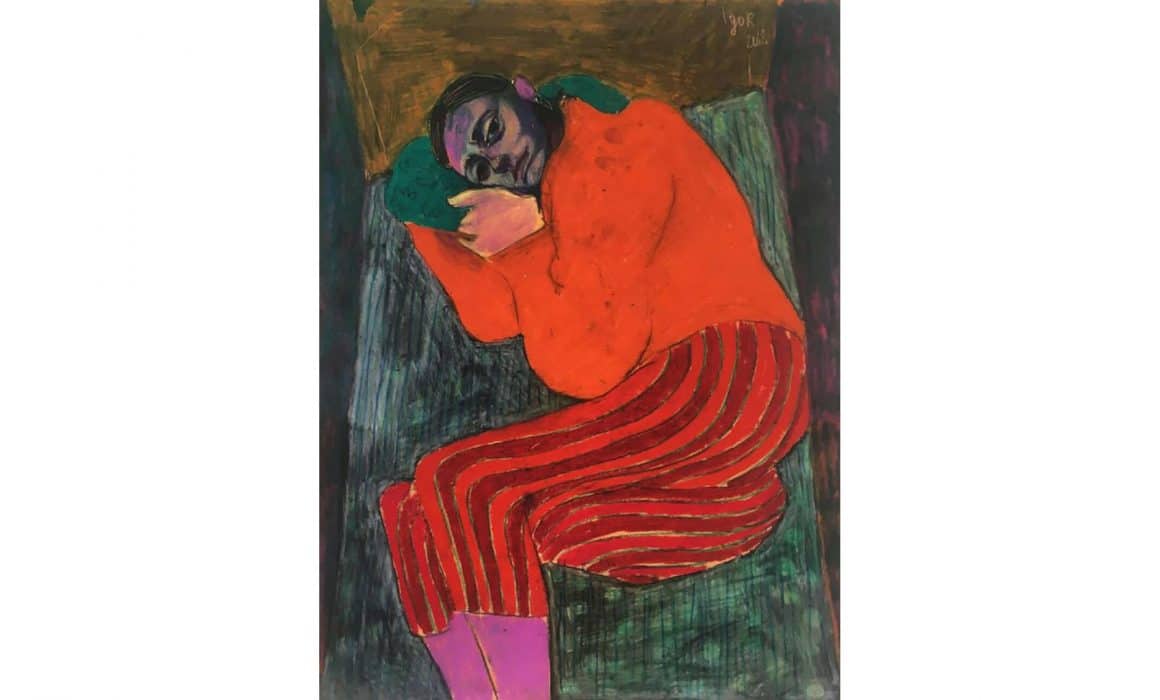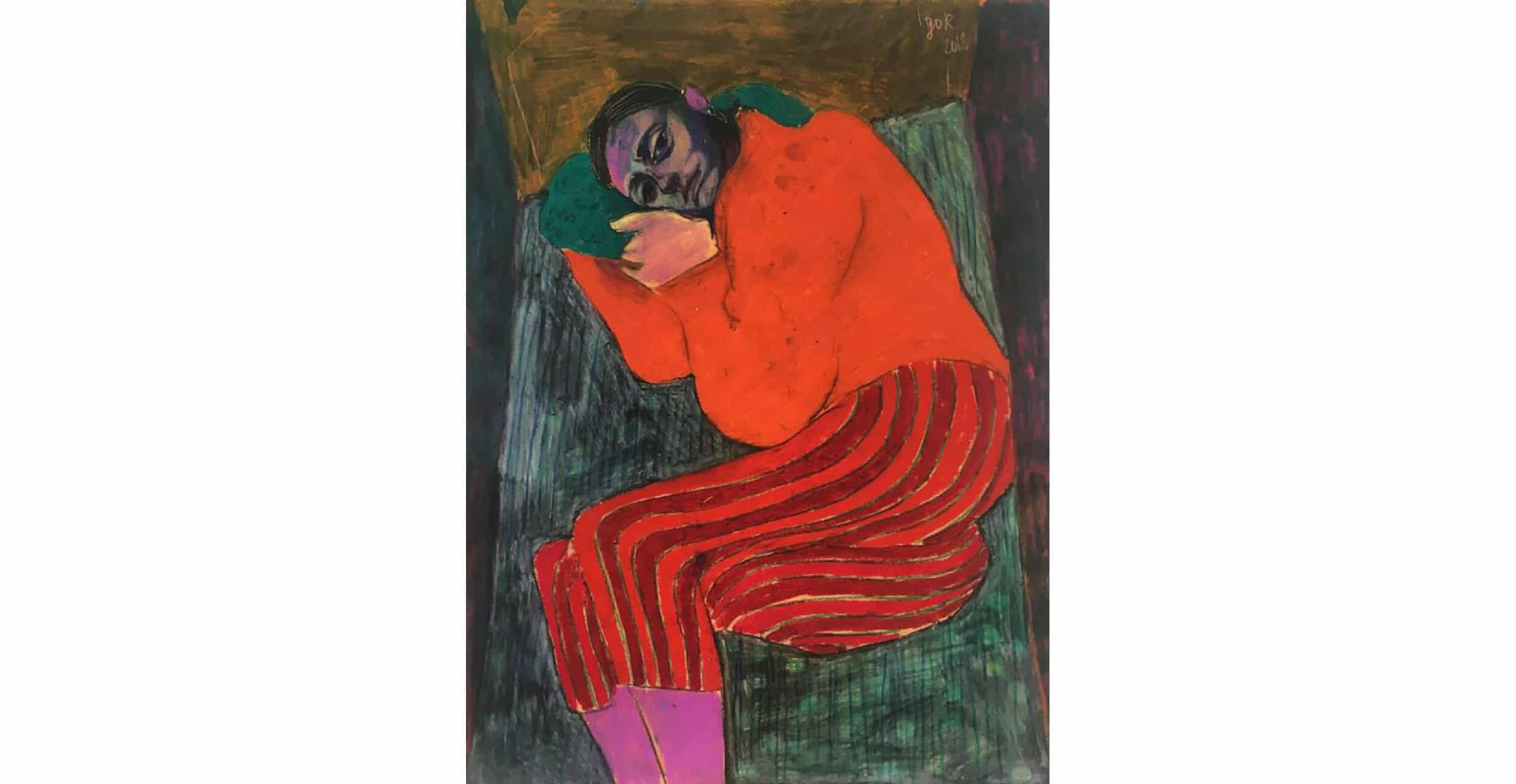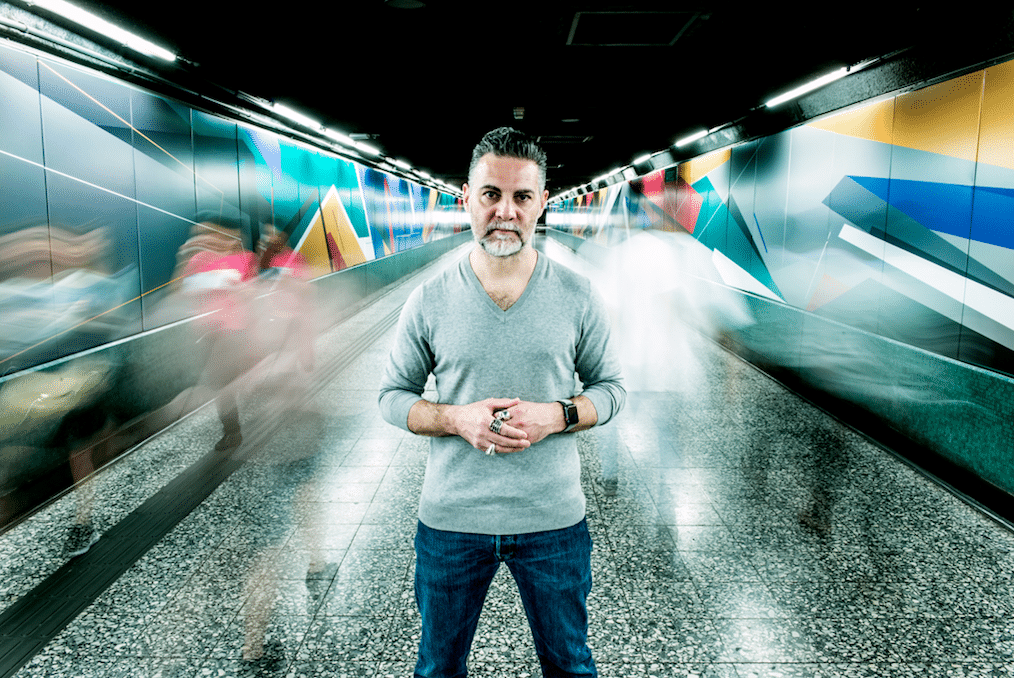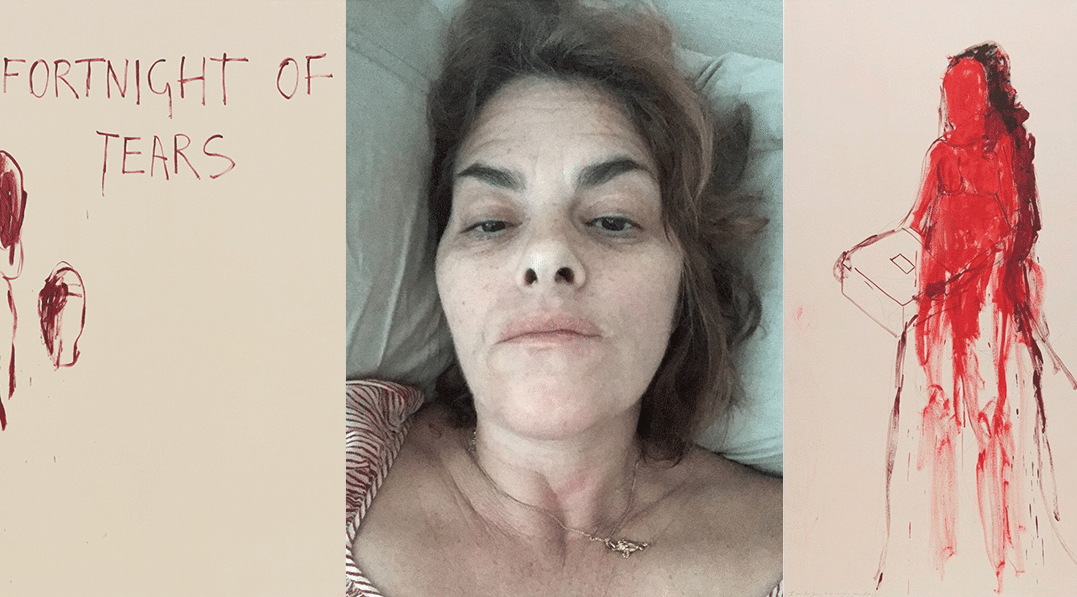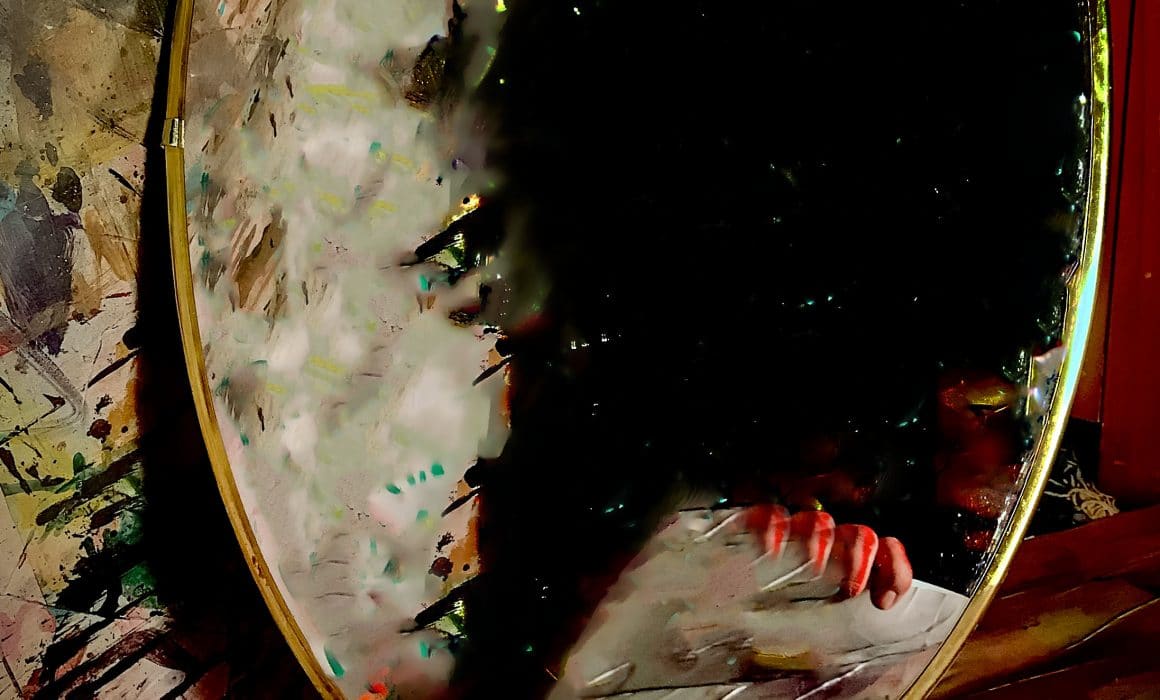2019 Open Call!
Looking to exhibit your work in London this year?
Well, the our 2019 Open Call could be just for you!
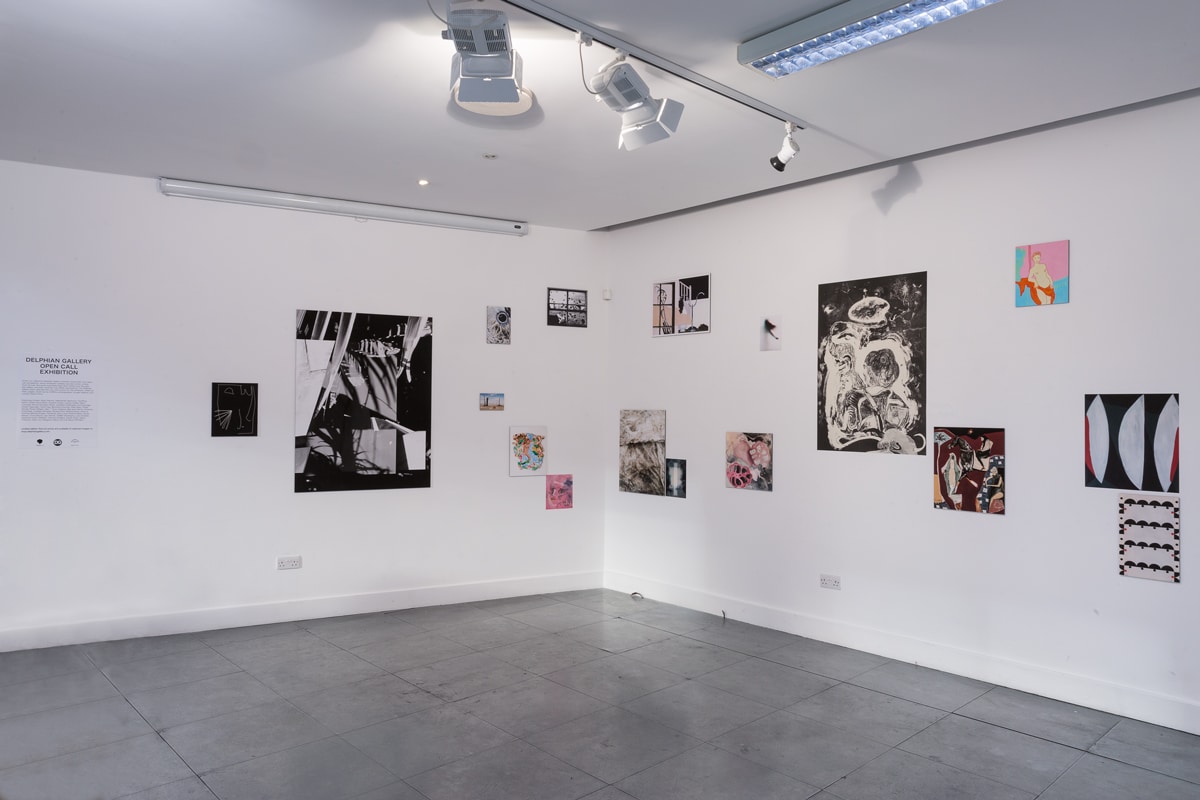
Last Year’s Winners Exhibition
It’s totally free to enter and if selected you could
have your work included in our Spring print exhibition at our Shoreditch gallery space!
Not only that, but the first prize winner will win a fully funded solo exhibition with Delphian Gallery in London in 2019!
To submit your work all you have to do is post it on Instagram
- Hashtag #delphianopencall
- Tag @delphiangallery in the description
- Follow us (we may need to message you on Instagram)
We’ll be reposting some of our favourites along the way and the winners will be announced at the beginning of April. Keep your eyes peeled on our Instagram and Facebook feeds for updates!
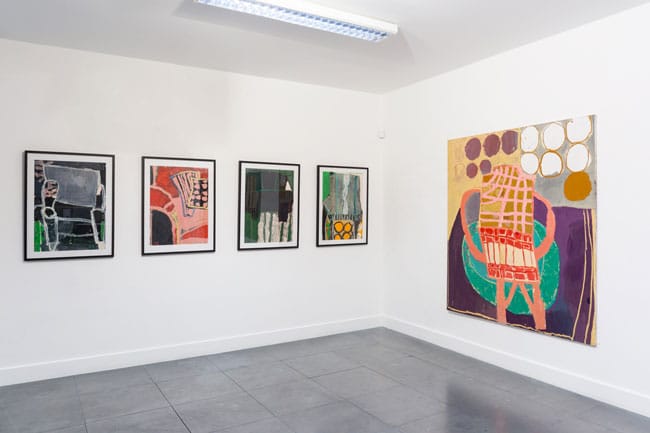
Last Year’s overall winner Florence Hutchings’ solo show
To see the photos of last year’s Open Call, please click THIS LINK
Exhibition kindly supported by theprintspace

